COMMUNITY
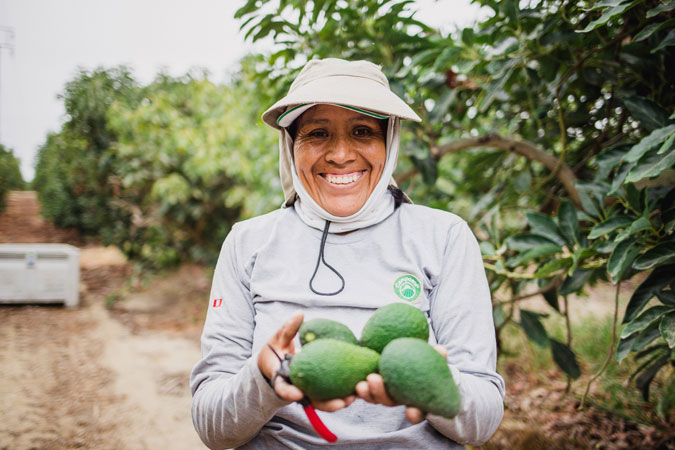
Avocados: What it takes to grow our favorite creamy fruit
Posted On: July 10, 2019“My time is divided between the offices and the fields,” explains Roberto Paredes, our Avocado Superintendent. “But there’s nothing better than being in the fields first-hand to gather reports and to see how the harvest is coming along.” And we couldn’t agree more, as we brushed past the seemingly endless rows of avocado trees that criss-cross this 824-hectare plot of Camposol’s known as Fundo Frusol. Dedicated solely to the green, bumpy-skinned fruit, this land is a big reason why today Peru is the world’s second largest exporter of avocado. But how does it all come together?
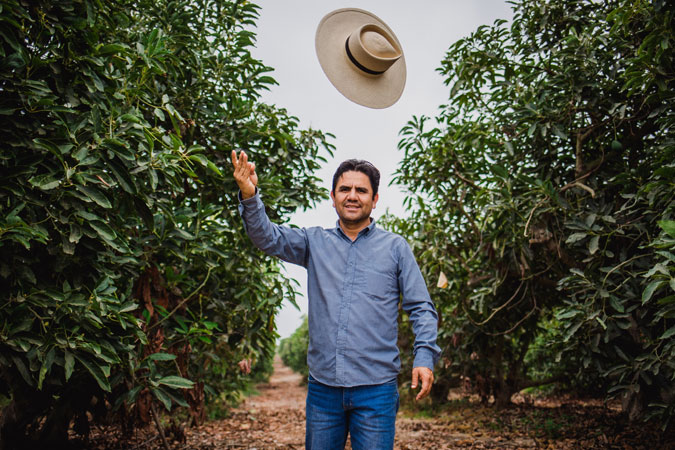
For 18 years and counting, Roberto has been a dedicated team player, and has spent the past three years in his current position of overseeing the cultivation and harvesting process behind everyone’s favorite creamy fruit.
“As a company we have a well-defined process that’s come with our long experience in the avocado market,” says Roberto. At 20 years, Fundo Frusol is one of the oldest lots on the Camposol farm though it was virgin land before baby avocado starters made this soil their home. “In order to prepare the terrain dedicated to avocado plants it requires many steps, from designing the topography to creating and setting up a functional watering system, such as our drip irrigation.”
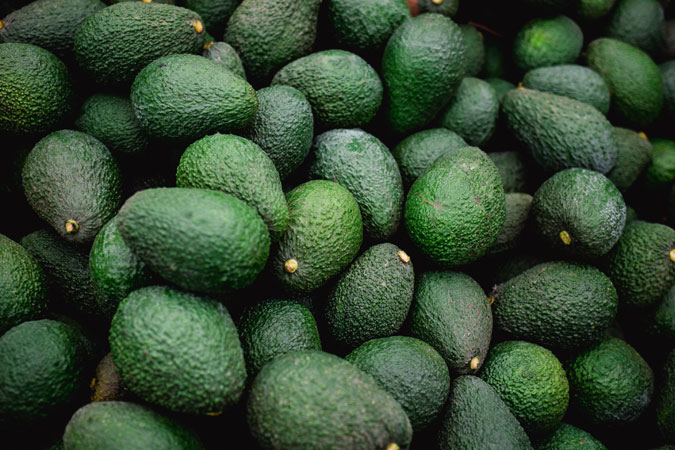
With the drip irrigation system, a designated amount of water arrives to each hectare of Fundo Frusol and each tree, multiple times a day. The hoses that run along the base of each tree have anywhere from 6 to 30 droppers (holes), depending on how much water each plant requires and the time of year. During summer, for example, the plants will be watered four times a day with recently planted trees receiving up to 30 liters each watering session. The key, according to Roberto, is to keep the plants well hydrated throughout the day without wasting water.
Once the watering system has been implemented it’s time to plant. Over 400 avocado trees of the Hass variety are planted per hectare, with 4% of them being a pollinator variety (Fuerte). What the pollinator variety lacks in flavor it makes up for in attracting beneficial insects in order to generate a healthier environment for the Hass avocado.
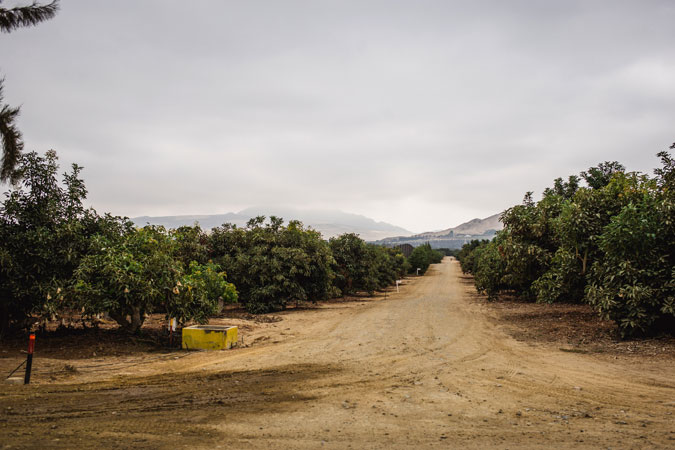
During the first two years of the trees having been planted, Roberto and his team carry out routine tests for sanitation (to check for plagues or any disturbance) and water levels (are the plants receiving too much or too little water)— activities to help the avocado mature as healthy as possible. This close observation and care continues nearly up to the point of harvesting.
“The way we manage our avocado crops differentiates us from other avocado producers. The plants we grow are kept in optimum health because of the constant observation and tests they go through. We use only regulated products to sanitize and protect our plants; our team of trained field workers receive constant support from their supervisors. And we select avocados that align with the consumer’s preference. What results is a high quality avocado.”
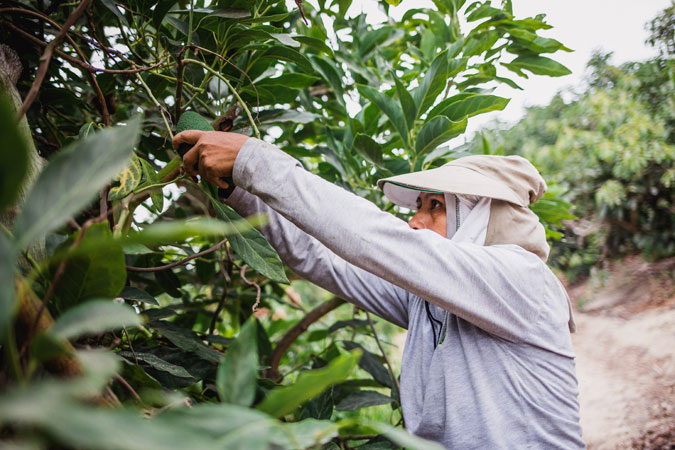
About three years since having been planted, the avocado trees come to fruition. From May to September harvesting teams are divided among the hectares to expertly clip the plump avocados from the branches using the picking pole. It’s a task that requires skill in order to harvest the fruit without risking its shelf life.
“It’s important to leave what we call the ‘cola’ (tail) of the avocado when it’s time to harvest. If not, bacteria and predators can reach the flesh of the fruit. So it acts as a barrier,” explains Roberto, pointing to the small nub at the narrow end of the fruit.
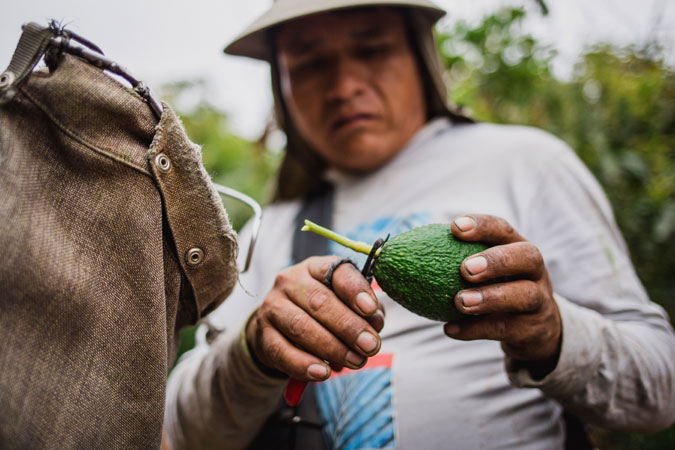
As we move along the paths, covered in the trees’ fallen leaves to conserve the humidity, it’s impressive how much fruit these plants continue to bear decades after their roots claimed the soil.
“Theoretically the lifespan of the avocado plant is 15-20 years but that’s not true in our case. Our trees are about 20-21 years old and show no signs of deterioration and continue to produce fruit,” Roberto proudly states. He even predicts they have another 10-15 years in them! “It all depends on how you care for them.”





